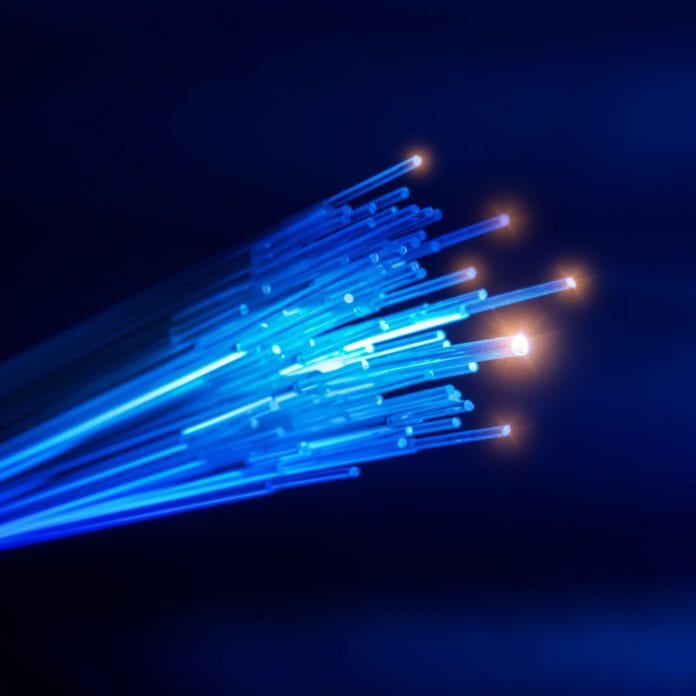Aqua Comms to sell capacity services and raw spectrum for HAVFRUE cable system portion
Aqua Comms DAC, the operator of Ireland’s first subsea fibre-optic network interconnecting New York, Dublin and London, has been appointed system operator and landing party of a new undersea cable connecting New Jersey to Ireland and Denmark with connectivity options to Norway.
Aqua Comms serves on a consortium alongside Bulk Infrastructure and Facebook for the HAFVRUE cable system, which will cross the North Atlantic to connect mainland Northern Europe to the U.S. The system will be the first new cable for the area in nearly two decades.
Facebook will provide the motivation and financial front for the project while Bulk Infrastructure oversees Norwegian branch options. Aqua Comms will market and sell capacity services and raw spectrum on its portion of the HAVFRUE cable system under the brand name America Europe Connect-2 (AEC-2), complimenting its transatlantic America Europe Connect-1 (AEC-1) cable running between New York and Killala in County Mayo, Ireland.
“Typically the system operator runs the NOC and ensures all preventative and restorative maintenance is coordinated for the cable system, representing its interests to the wider community throughout seabed-user and industry liaison,” Aqua Comms CEO Nigel Bayliff told RCR Wireless News. “In this case, we will also be the landing party in US, Ireland and Denmark, which involves operating the landing stations where the cable comes ashore and connection to terrestrial networks for onward connection to PoPs, Data Centres and end-user locations.”
Combining these new subsea cable developments, the build of the HAVFRUE / AEC-2 cable system, with existing systems owned and operated by Aqua Comms will help create a ring-based infrastructure between the East Coast of the U.S., Ireland and Northern Europe, according to the company. The HAVFRUE / AEC-2 infrastructure network services will be delivered to and from neutral interconnection points at NJFX, in Wall, New Jersey, and 1025Connect in Long Island, New York. The services will be delivered in Europe from all landing stations and carrier-neutral, metro area Points of Presence (PoPs) in Dublin, London, Amsterdam and Esbjerg.
Among the technical hurdles in setting up the cable system include natural phenomena under the sea, such as mountains, canyons and plate fracture zones, in addition to other users, such as fishermen, mining and oil extraction, and various anchoring locations near the landings, Bayliff noted.
“We mitigate these by surveying the sea floor very precisely where we intend to lay the cable and by arranging protection in the form of additional armouring or burial in the sea bed,” he said. “Both the team on the consortium side and those from the vendor have extensive knowledge and experience of laying cables across the world’s oceans, and we have access to sophisticated tools and data to help in selecting the optimum route for the cable between the landing points.”
Other difficulties include constructing facilities at the shore landing points and obtaining all the necessary governmental and environmental permits for the cable.
Occurring before the announcement, submarine cable technology supplier TE SubCom was selected as the system supplier of the North Atlantic HAVFRUE submarine cable system. The system is expected to be ready for service by the fourth quarter of 2019.

